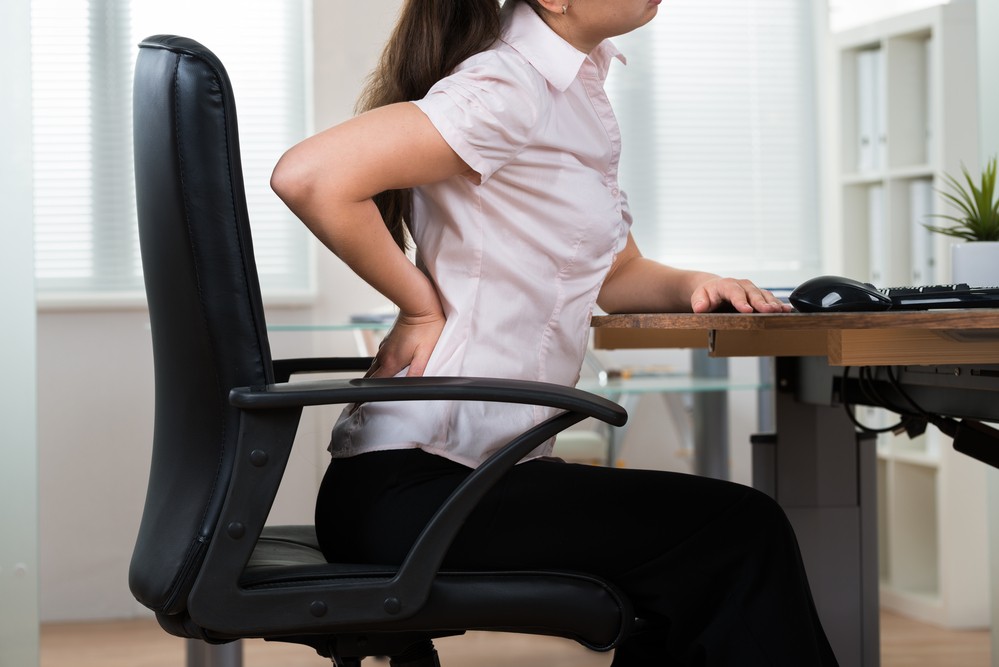
December 11, 2023, 6:39 am
Working in a dental office can be physically demanding, with dental professionals spending long hours in positions that may lead to body aches and pains. As a dental practice owner or manager, it's crucial to prioritize the well-being of your staff and implement strategies to manage and prevent occupational-related discomfort. In this blog, we'll explore practical tips for managing staff body aches and pains in the dental office, ensuring a healthier and more comfortable work environment.
Ergonomic Workstations:
Invest in ergonomic dental chairs, adjustable operator stools, and well-designed workstations to promote proper posture and reduce the risk of musculoskeletal issues. Providing dental professionals with the right tools and equipment can significantly contribute to their comfort and well-being.
Regular Breaks and Stretching Exercises:
Encourage your dental team to take regular breaks to stretch and move around. Implementing brief stretching exercises during breaks can help alleviate tension and stiffness in muscles. Consider organizing team stretching sessions to promote a culture of well-being.
Anti-Fatigue Mats:
Place anti-fatigue mats in areas where dental professionals stand for extended periods. These mats provide cushioning and support, reducing the impact on joints and muscles. Anti-fatigue mats can be particularly beneficial for staff working at dental hygiene stations or in sterilization areas.
Posture Awareness Training:
Provide posture awareness training for your staff to educate them on proper body mechanics. Emphasize the importance of maintaining a neutral spine, positioning the patient properly, and using ergonomic instruments to reduce strain during dental procedures.
Regular Maintenance of Equipment:
Ensure that dental chairs, stools, and other equipment are regularly inspected and well-maintained. Malfunctioning or poorly maintained equipment can contribute to discomfort and may lead to occupational injuries. Promptly address any issues to create a safer and more comfortable workspace.
Individualized Workstation Assessments:
Conduct individualized workstation assessments for each staff member to identify specific ergonomic needs. Adjustable equipment, personalized seating adjustments, and customized solutions can address individual challenges and enhance overall comfort.
Encourage Good Body Mechanics:
Emphasize the importance of good body mechanics during patient interactions. Train your staff to use proper posture and positioning techniques to minimize strain on their bodies. This includes educating them on how to position themselves while leaning over patients and using magnification tools effectively.
Provide Adequate Training for New Technologies:
Introduce new technologies thoughtfully and provide comprehensive training to ensure that your staff can use them without excessive strain. This includes training on ergonomic handpiece grips, digital imaging tools, and any other advanced equipment that may impact their physical well-being.
Implement Rotation Schedules:
Rotate staff members through different tasks to vary their physical activities. Repetitive tasks, such as prolonged periods of instrument handling or administrative duties, can contribute to body aches. Implementing rotation schedules allows staff members to engage in diverse activities and reduce strain on specific muscle groups.
Offer Wellness Programs:
Introduce wellness programs that focus on overall health and fitness. Consider providing access to fitness classes, workshops on stress management, or resources for maintaining a healthy lifestyle. Promoting a holistic approach to well-being can positively impact both physical and mental health.
Open Communication and Feedback Channels:
Create an open and supportive communication environment where staff members feel comfortable expressing their concerns about physical discomfort. Encourage them to provide feedback on ergonomic challenges and implement changes based on their input.
Prioritizing the physical well-being of your dental team is essential for creating a positive and sustainable work environment. By implementing ergonomic practices, providing training, offering wellness programs, and maintaining open communication, you can effectively manage staff body aches and pains in the dental office. A healthy and comfortable team is not only more productive but also contributes to a positive workplace culture, fostering long-term satisfaction and success for both the staff and the practice.
